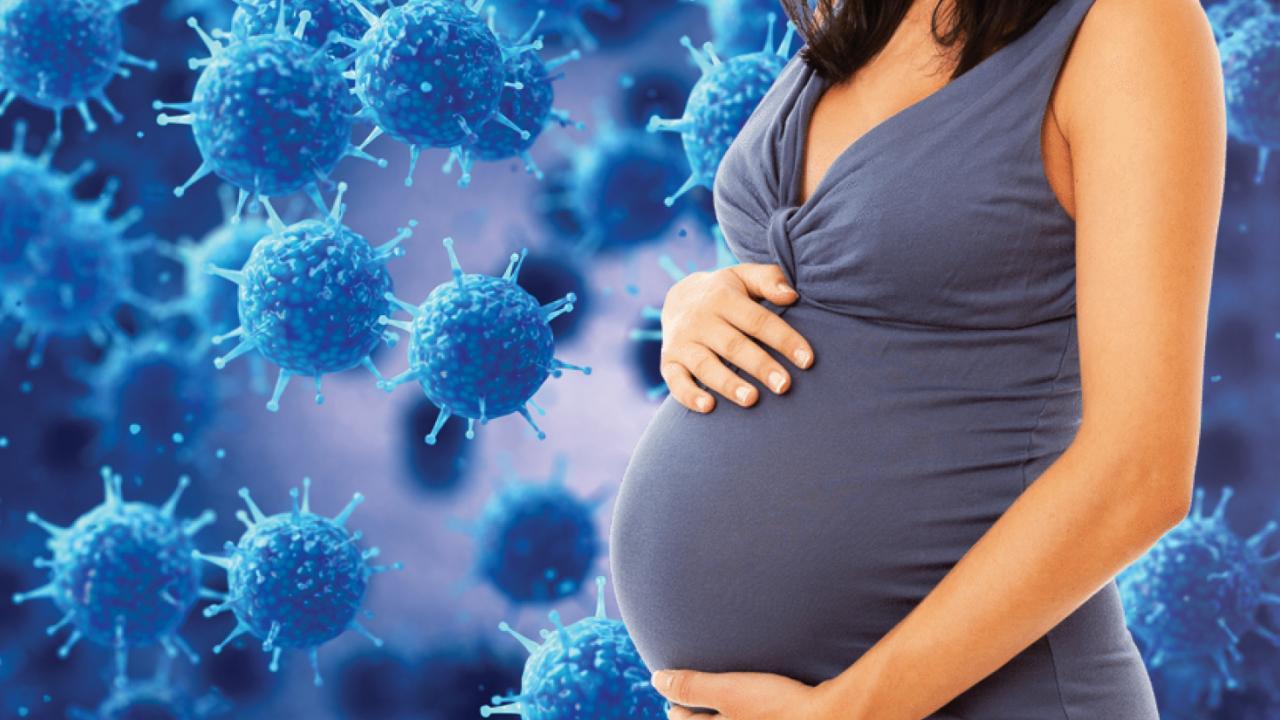
New Insight on Maternal Infections and Neurodevelopmental Disorders Mouse Study Predicts Why Some Mothers May Be Susceptible
The immune responses of a female mouse before pregnancy can predict how likely her offspring are to have behavioral deficits if the immune system is activated during pregnancy, according to researchers from the Center for Neuroscience at the University of California, Davis. The findings, published April 23 in the journal Brain, Behavior, and Immunity, could help resolve what role serious infections during pregnancy play in the later development of conditions such as autism and schizophrenia in offspring.
Both genetics and a variety of environmental risk factors are thought to play a role in mental illness, said Professor Kim McAllister, director of the Center for Neuroscience and senior author on the paper. Most pregnancies are resilient, she said. Although the risk from maternal immune activation is low, it could provide a way in to the underlying problems that lead to schizophrenia or autism.
“We don’t have a good handle on what causes these diseases,” she said. “But, maternal infection is a risk factor that we know contributes. So, our research focuses on how to predict which pregnancies are at risk and discover new ways to intervene and prevent disease in offspring.”
